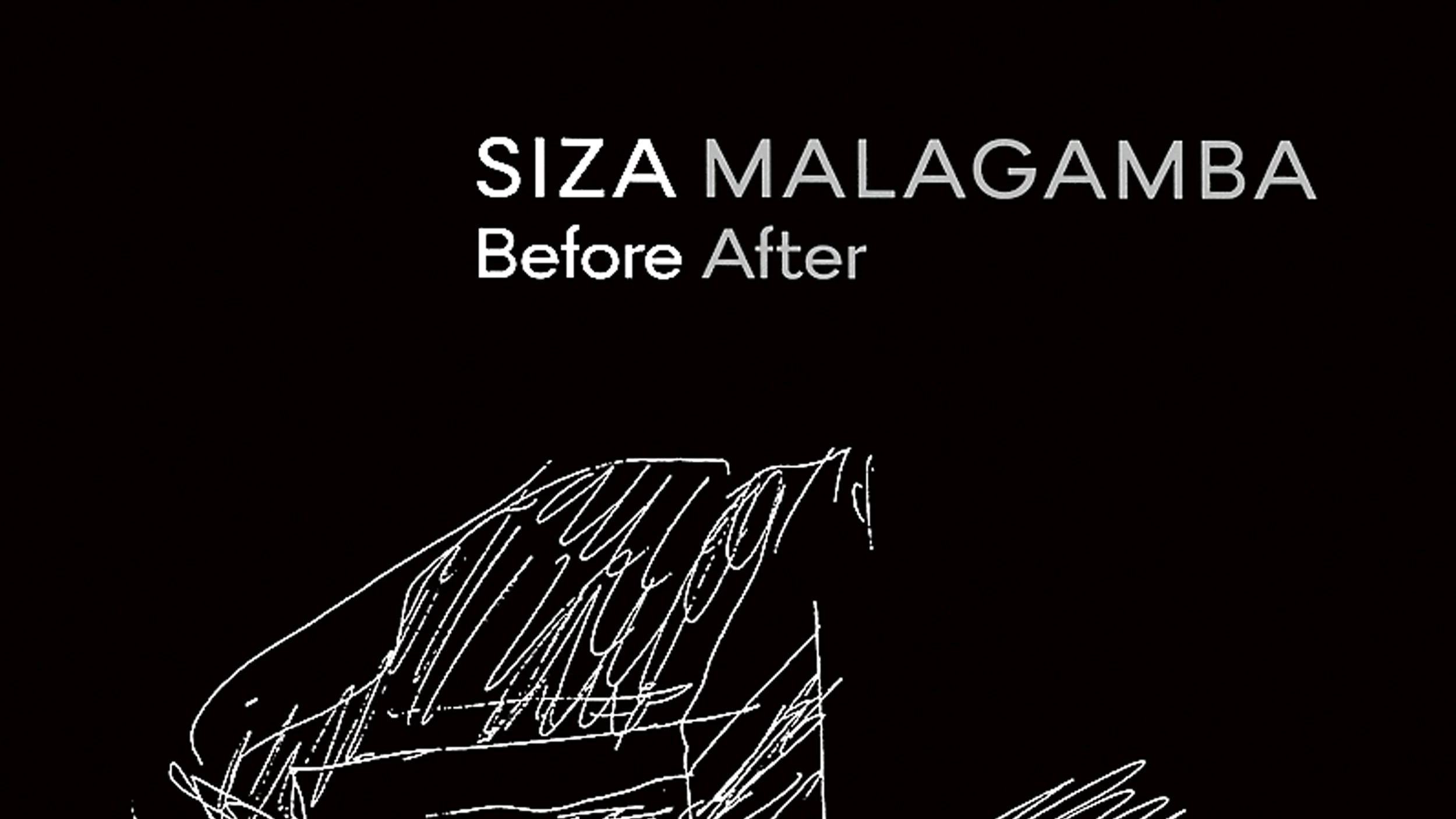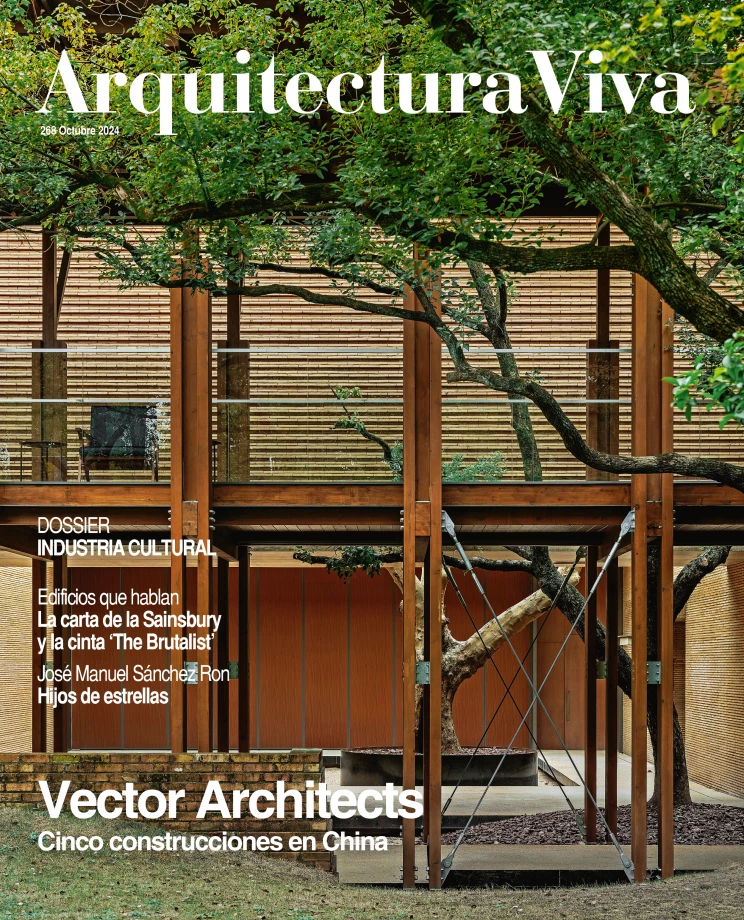
From hand to eye, from eye to hand, and either way to architecture. This is the route proposed by Duccio Malagamba in a highly personal but also celebratory book that passes not only through hands and eyes, but also through two time periods: before and after a building’s construction.
The two times pertain to the two protagonists, in simultaneity with the two complementary moments involving the two disciplines the authors place in conversation with each other: design and photography. ‘Before’ is Siza who conceives and constructs buildings, ‘after’ is Malagamba whose camera is led by his usual precision and the admiration with which an Italian architecture student searched the Boa Nova restaurant and, finding the Leça de Palmeira pools, saw the light.
The two tempi that pace this book also sustain a metaphor: that of the eye and the hand as two ways of tackling architecture, and which here, thanks to the carefully crafted format, engage in dialogue page by page, attuned to one another with acumen like two sides of a shared project: the hand of the incomparable creator Siza, projected through amazingly sure lines in whose arabesque poetics it is possible to discern as much intuitive power as cultural references; and the cyclopean eye of Malagamba, one of the most accurate and lyrical in Spanish architecture, which for decades has followed Siza and now wants to present his works as a whole in a book whose purpose is to subject both the Portuguese architect’s oeuvre and his own photography to something like a test of time.
A test of time in at least four senses. Time as a record of the past, serving to save images we will never see again, such as those of the Galician Center of Contemporary Art in Santiago de Compostela, with its skin of granite clean and clear, stainless and patina-free; or that of the plinth of the church in Marco de Canaveses, still without the traces of entropy. Time as atmosphere, as an irretrievable moment which – as the pioneers already knew, and critics like Roland Barthes later so poetically warned – is well crystallized in the photo, as in those scenes where Malagamba portrays Siza’s buildings through specific passers-by leaving a trail forever.
Time, too, as atmospheric fluid that turns every moment – ambience modulated by clouds or seasonal conditions – into a kind of open-air painting, as if Siza’s spaces – the tropical atrium of the Iberê Camargo Foundation, the Dutch mist of the VMD House, the Mediterranean patio of the Granada house – were a sort of three-dimensional variant of the landscape painting. And, finally, chronological time, which is what nourishes this project from the start, encapsulating thirty years of collaborative work and admiration, covering twenty masterpieces in a journey which, by no coincidence, ends where it begins: in the swimming pools of Leça da Palmeira and the fascination that gripped the young Malagamba one summer in the early 1980s. An admiration which, as this book shows, he has continued to profess in the course of a long and prolific career as an artist of images.







